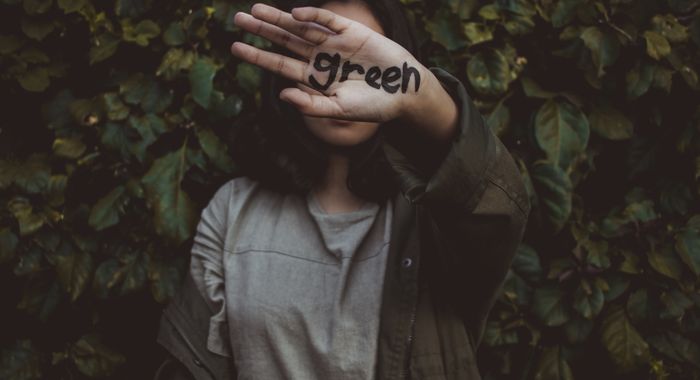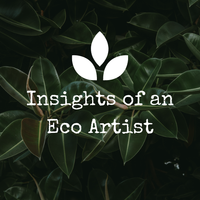In conversation: Ryota Matsumoto
Ryota Matsumoto is a world-renowned artist, designer, and architect who is widely regarded as one of the forefathers of the postdigital art movement. Read More : https://www.insightsofayoungecologicalartist.com/artfeatures/in-conversation%3A-ryota-matsumoto
Artist Statement
The machinic assemblage of socio-economical regimes confined within the asignifying semiotics of algorithmic governance has become a metaphor for the striated forms of urban living implemented by big data–driven digital sovereignty.
The cross-categorical interactions of post-industrial constructs have emerged within a socio-cultural milieu characterized by decentralized, stratified, and destabilized cartography.
In our collective consciousness, the pathogenetic substrate of the urban apparatus is where the individual is embedded psychologically, experiencing debilitating alienation and psychosomatic dislocation. It correlates with the recursive trajectories of a neuro-economical state machine.
The regime of necrocapitalism disintegrates the striated modalities of social collectivity in favor of network-based agency. It depersonalizes urban dwellers in favor of the residual aggregate of neural subsumption and the digital economy of virtual immanence.
Matsumoto’s work manifests the ecology of cross-categorical connectivity, intertwined kinship, and multi-faceted hybridization, which can be attributed to a multitude of spatiotemporal phenomena influenced by the techno-mediated agency of control society, with its mechanics of algorithmic capture.
Matsumoto’s artworks are created as visual commentaries on speculative changes in our notions of societies, cultures, and ecosystems due to the transient nature of constantly shifting decoded flow.
The cognitive process of cultural production focuses on daily practice as the embodied experience of social memory. This is observed and reflected in the artworks as visual schemas that recreate states of intensity along the spectrum of the collective affect between the human body, nonhuman agents, the deterritorialized socius of urban artifacts, and all the infinitesimal steps in between.
Consequently, the transduction process of these intensities as a time-image is transcribed in the artworks as a multiplicity of heterogeneous differences between the necessary actual and the possibilist virtual within a spatiotemporal continuum.
The artworks explore hybrid techniques, combining both traditional and digital media. The adaptive agent approach allows the work to transcend the boundaries between two- and multi-dimensional domains.
The varying scale, the juxtaposition of hybrid image-objects, mutually relatable geometrical references, intertwined projections, and visual metamorphoses are employed as layered drawing methodologies to question and decode the ubiquitous nature of urban meta-morphology in the virtual continuum, the inevitable corollaries of techno-economic disruption, and their disjunctive representation in the non-Euclidean manifolds of striated spatiality.
Matsumoto’s process-oriented compositional techniques imbue the artworks with what we see as the very essence of our socio-cultural environments, beyond the conventional protocols of architectural and artistic formalities. They conjure up the synthetic possibilities within which the spatial and temporal variations of existing spatial semiotics emerge as potential narratives of alchemical procedures. Herein may lie the extensively cross-referenced abstraction ushered in by hybrid media.
The artworks offer multiple perspectives for rendering the axiomatic of the state apparatus in the narrative context. We could attest to the hybrid entities as one’s critical reflection on the range of affective intensities that are immanent in socio-cultural entities. The speculative metaphysics of the hybrid objects in disjunctive syntheses can be defined as a complex interaction between sensory faculties and meaning-making experiences in cognitive processes. It leads to the understanding that the axiomatic of decoded flow essentially integrates cognitive sensation with the confluence of diagrammatic transversality in the semiotic context: both aspects are crucial for experiencing hybrid objects. The hybrid media investigate how visual representation is translated into meaning and how the flux of visual narratives simultaneously evokes sensory affect.
As an artist, designer, and architect, you are internationally recognized as one of the progenitors of the postdigital art movement. When did you start developing this line of work? How do you connect all the avenues of your practice?
The term postdigital does not designate specific kinds of art practice. It manifests in the lines of flight, flows, and streams of any given assemblage or as the constant flux of the movement of matter in the context of the meaning-making process. The notion of the postdigital defies the binary or dichotomous conceptualizations that are often prevalent in the realm of modern art discourse. Moreover, the postdigital does not have the master narrative that was prescribed to the overarching totality in the particular mode of production as was evident in the univocal art movement of the last century.
Suffice it to say, the processes of meaning making in this particular line of thought operate on an asignifying register and constantly evolve as the decoded flow.
I would point out that another aspect of the postdigital underlines how the process of social production demands the association of diverse elements that never exist as heterogeneous categories and are often disconnected from the wider fabric of ecocultural relations. As far as my contribution goes, I have written about how postdigital media after the information age permeated capitalist society as the interlocking syntagmatic series of signifiers that comprised the autonomous subsystems of the consumer culture for Japanese publications around the mid-90s. Furthermore, one of my early works was used as the cover art for David Berry’s book, which is now regarded as the manifesto for postdigital culture. My approach toward the image-object, which is interpreted as the adaptive agent of morphogenetic processes for transcending the boundaries between two and three dimensions, might have a connection with the other artists who are often known for their associations with the postdigital.
What about future projects. What are you working on now? Do you have any upcoming shows or publications?
Aside from my contributions to some collaborative works, I don’t have any ongoing projects. There is currently a workshop on multidisciplinary design at the school where I teach. However, I am also enjoying the unpredictability of not knowing what I will do next in my life.
Lastly, what message would you like to leave for our readers?
Be creative and always think outside the box.
Find out more about the artist, here.

